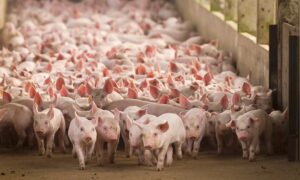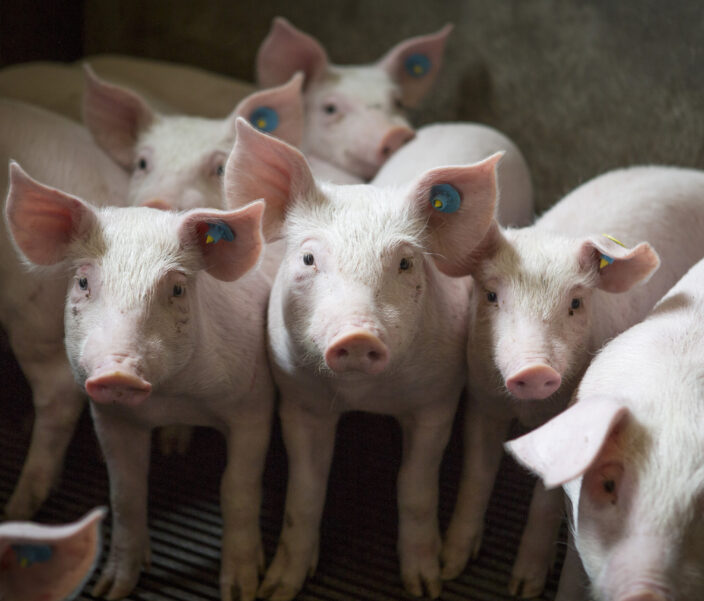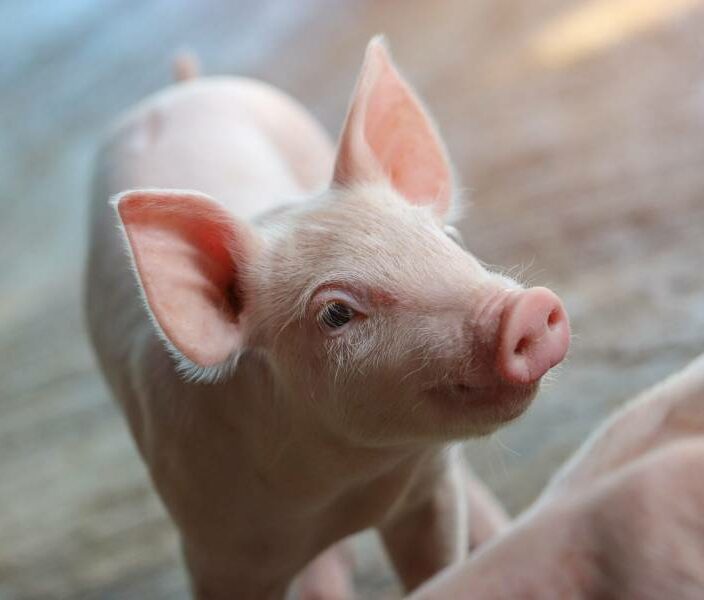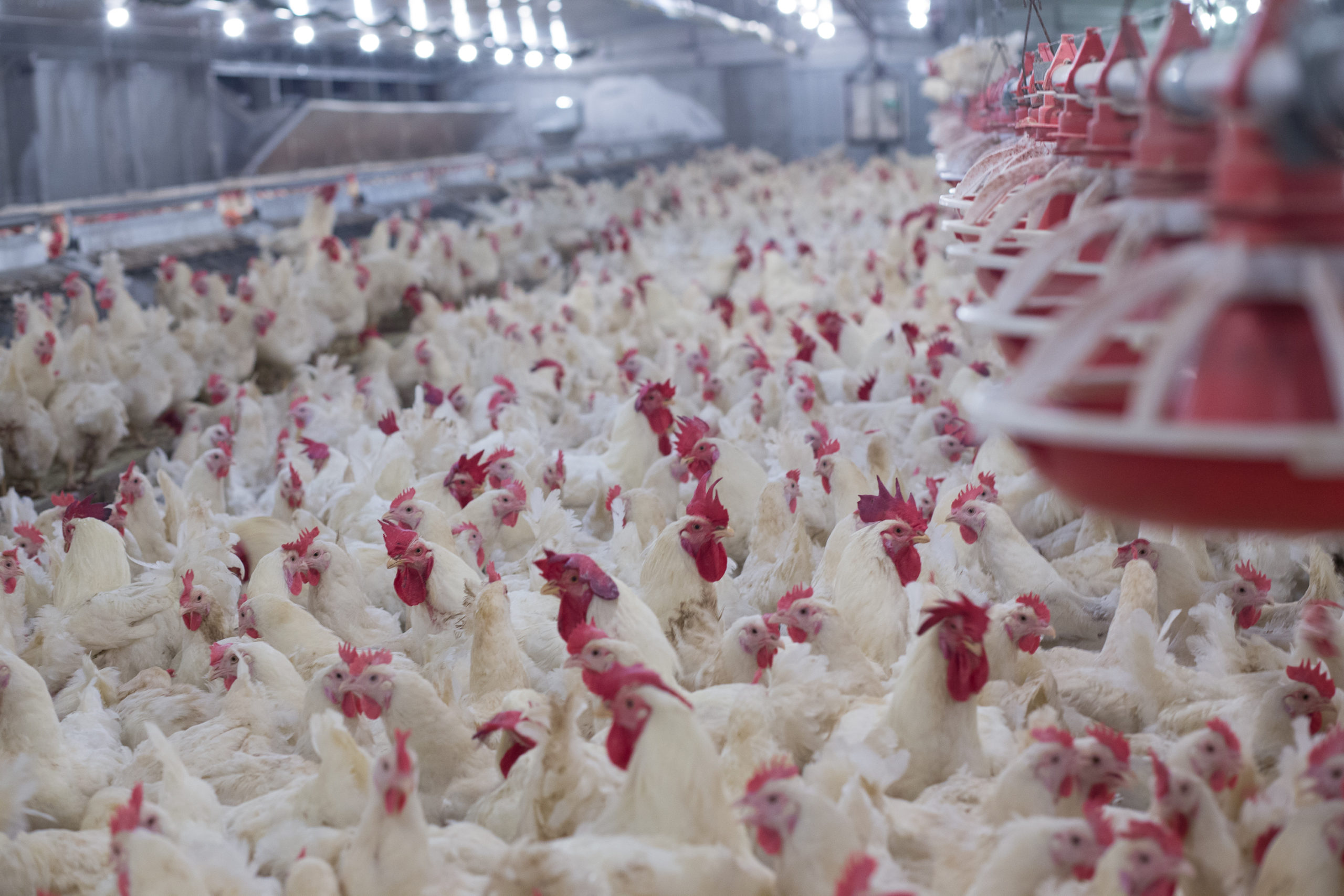By Kobe Lannoo, Category Manager Pigs
For decades, nutritionists have used dietary fibers in animal nutrition to optimize performance. Early in the twenty-first century, the industry started to focus on the prebiotic aspects of certain fiber and sugar combinations. This was called the second generation of fiber. Agrimprove went one step further and developed the third generation of functional fiber fractions (Vitafibra) with direct effects on intestinal efficacy by reducing the damaging effects of pathogenic bacteria and toxins. Vitafibra is already demonstrating its value, by improving performance and health, as a new concept all over the globe.
More than 2,000 years ago, Hippocrates, the father of modern medicine, said: “All disease begins in the gut.” Science has proven this statement is not 100% correct. However, evidence shows many chronic, metabolic, hormonal, and even neurological diseases have strong links with the intestine. Therefore, keeping the intestine in good condition is of utmost importance for animals to increase resilience. Keeping this in mind, Agrimprove developed an exclusive product, Vitafibra; a unique selection of well-defined fiber fractions to optimize gut health by safeguarding it from disruptive agents.
Increasing attention to fiber gut health strategies
For decades, nutritionists have used fibers in animal nutrition to regulate gut health. These dietary fibers can influence the passage time in the stomach and the sensation of satiety for the animals. In the nineties, with the increasing knowledge of microbiota, the industry started to focus on the prebiotic aspects of certain fiber and sugar combinations. Beta-glucans, mannan oligosaccharides, fructooligosaccharides, xylooligosaccharides, and (recently) galactooligosaccharides showed modulating effects on the microbiota, positively stimulating the growth of favorable bacteria. By providing readily available nutrients to the good endogenous bacteria, gut health improves; indirectly making animals healthier.
The new generation of fiber molecules goes beyond the traditional fiber approach. These functional fibers do not focus on impacting the physical aspects of feed or stimulating the growth of favorable bacteria. This third-generation performs by counteracting pathogens—like gram-negative bacteria and their toxic metabolites, endotoxins—to safeguard intestinal health and provide optimal performance opportunities.
Reduced intestinal colonization by E. coli
This third generation of fiber molecules, selected on their specific ability to bind pathogens, are extracted from natural sources. Soluble, they possess the ability to disperse inside the gastro-intestinal tract, increasing the contact opportunity with possible pathogenic bacteria. When in contact with gram-negative bacteria, like E. coli or Salmonella, Vitafibra will bind to the fimbriae and clot/agglutinate the bacteria together (Figure 1).
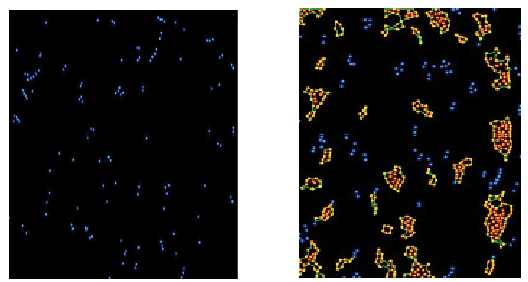
Trials show this agglutination of E. coli leads to reduced colonization of the small intestine (Graph 1). Fewer pathogens invading the small intestine indicate less intestinal damage and reduced proliferation of bacteria, two important factors in preventing weaning diarrhea.
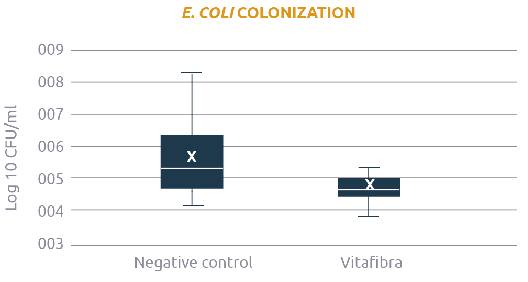
Reduced inflammation of the intestine
Often, piglets suffering from weaning diarrhea die of dehydration caused by an inflammatory burst in the small intestine. Controlling this inflammation is one of the most important strategies to prevent piglet losses in the nursery. Besides binding bacteria, Vitafibra can downregulate the inflammation associated with weaning diarrhea. This is seen when evaluating the gene expression of pro-inflammatory cytokine genes in intestinal cells (Graph 2) and inflammatory bio-markers analyzed in the feces (Table 1).
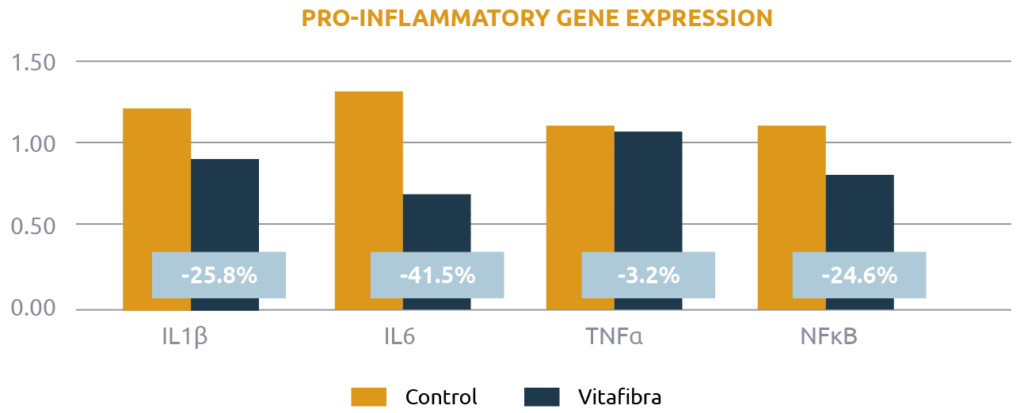

The best parameter for gut health is performance
Improvements on the above parameters indicate a healthier intestine. In practice, these specific measurements are not part of day-to-day observations in the stable. This does not mean the farmer is not evaluating for signs of intestinal health in his daily routine. By closely monitoring feed intake, growth, and feces consistency, an experienced animal specialist will immediately be able to recognize weaning challenges and the effect of technologies used to prevent them. A new and different fiber-based gut health concept, Vitafibra is successfully utilized during periods of high intestinal stress in millions of pigs across Europe, the USA, and Asia.
Your Agrimprove Expert
This might also interest you
Ready for improvement? Try one of our suggested solutions with a proven added value.
